What Is Twill Weave: Pattern, Benefits And Woven Label Guide
Twill weave is a way of making fabric that creates a pattern of diagonal parallel ribs. This diagonal look is the main thing that tells you it’s a twill weave fabric. You see it in many clothes you wear every day, like jeans, jackets, and work clothes. It’s also a popular choice for fabric woven labels, the kind you find on clothing.
This guide explores what twill weave is, how to identify its unique pattern, how it’s made, and why it’s a great choice for many products—including your brand’s woven labels from Packlove.
1. How to spot a twill weave: The signature diagonal look
The easiest way to identify a twill weave is by its signature diagonal pattern, which appears as a series of slanted lines or “ribs” running across the fabric’s surface.
Here’s how to identify a twill weave pattern on fabric:
- Look closely at the fabric. If the threads are tiny, a magnifying glass might help.
- Search for lines or ribs that run diagonally, not straight up and down or side to side.
- These diagonal lines can slant to the left or to the right. Either way, it’s still a twill weave.
These “offset ribs” are the visual feature that makes twill weave distinct.
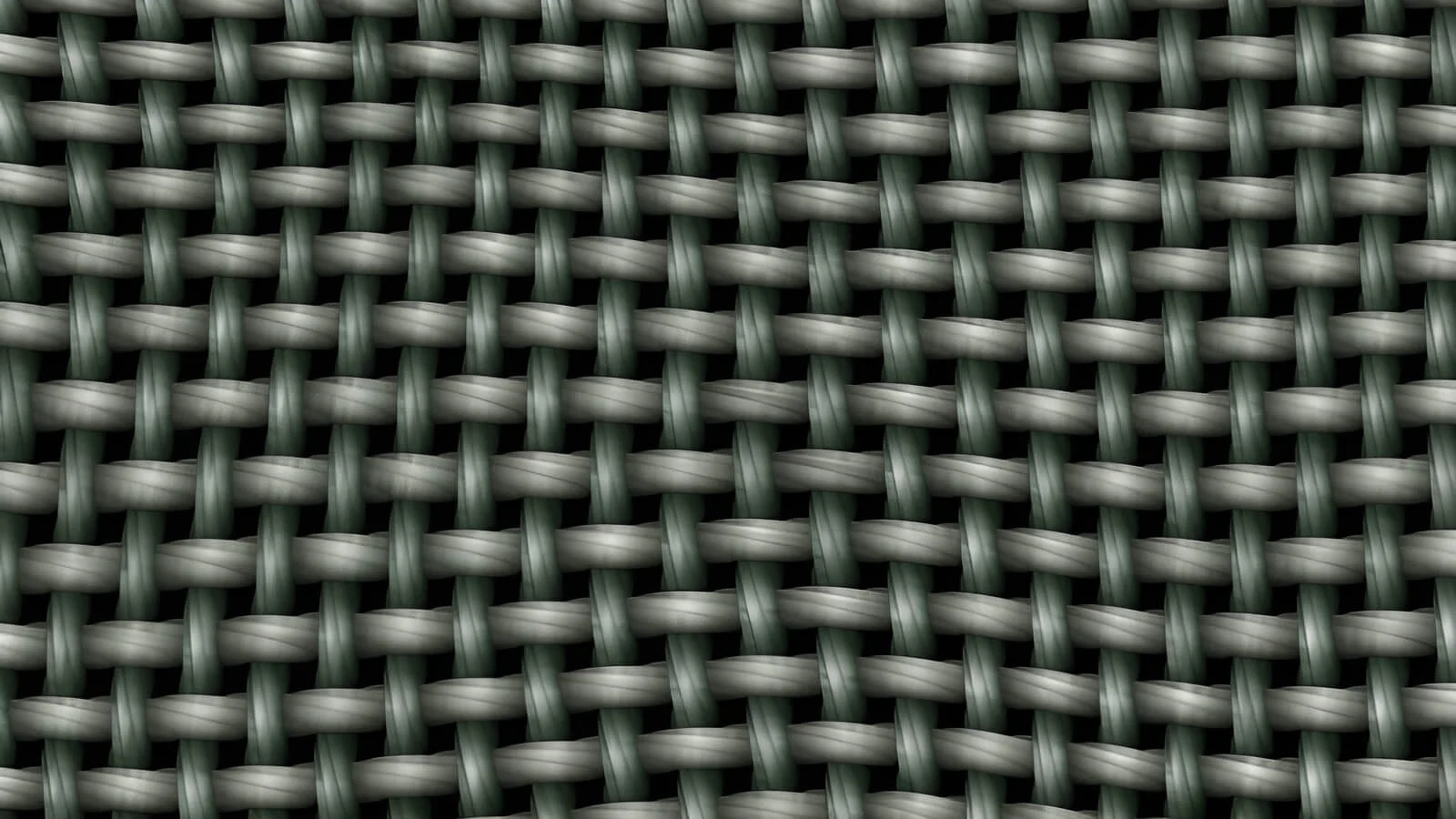
2. The magic behind the weave: How twill is made
All woven fabric is made from two sets of threads. Warp threads run up and down, like the frame of the fabric. Weft threads run side to side, weaving through the warp threads. This is a basic part of textile production and weaving techniques.
The twill interlacing method is what creates its unique fabric structures. Here’s a simple way to understand how twill weave is constructed:
- The weft thread passes over one or more warp threads.
- Then, it passes under two or more warp threads (for example, over one, under two).
- The key is the “offset” or “step.” With each new row of weft thread, this over-and-under pattern moves one warp thread to the side.
This consistent offset from row to row is what creates the characteristic diagonal pattern.
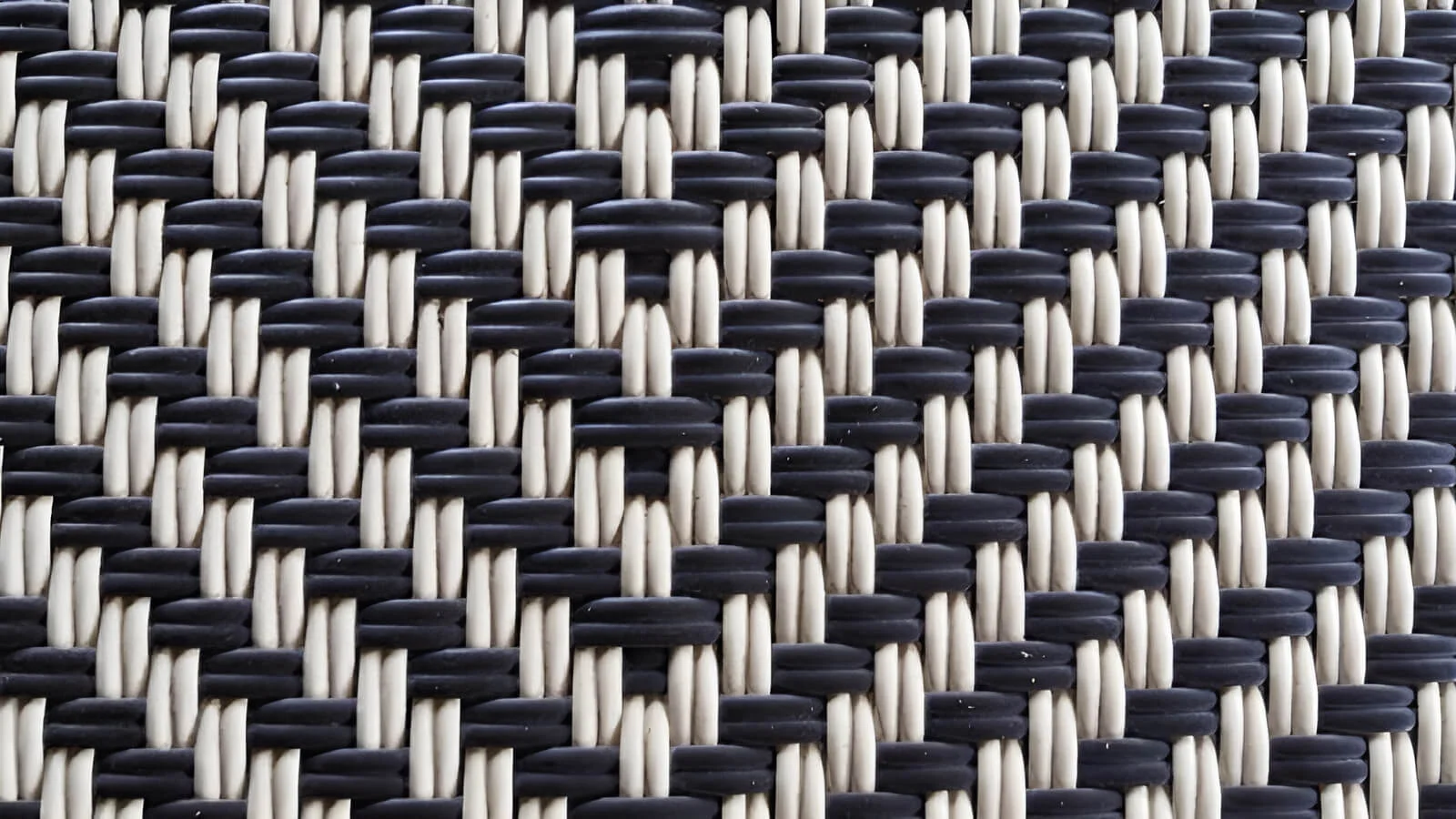
3. Why choose twill weave? Key benefits and characteristics
Twill weave is popular for many reasons. Its unique construction gives it several advantages. Understanding the characteristics of twill weave helps you see why it’s a great choice for many items, including clothing tags.
Here are the main benefits:
- Strong and durable: Twill fabrics are known for their strength. The threads are packed closely together, and the way they interlock creates a strong fabric structure. This interlocking structure makes twill exceptionally durable.
- Drapes well: “Drape” means how a fabric hangs or flows. Twill fabrics often hang nicely, making them look good for clothing. Its ability to hang nicely makes it a favorite among textile designers for clothing.
- Hides dirt and stains: The textured surface and diagonal pattern can make small spots or dirt less noticeable compared to flat fabrics.
- Resists wrinkles: Twill fabrics tend to wrinkle less than some other weaves, like plain weaves. This means they stay looking neat for longer.
- Good texture: The diagonal ribs give twill a pleasant, noticeable texture. It feels interesting to the touch.
These benefits of using twill weave make it suitable for everything from sturdy trousers to sophisticated garment labels.
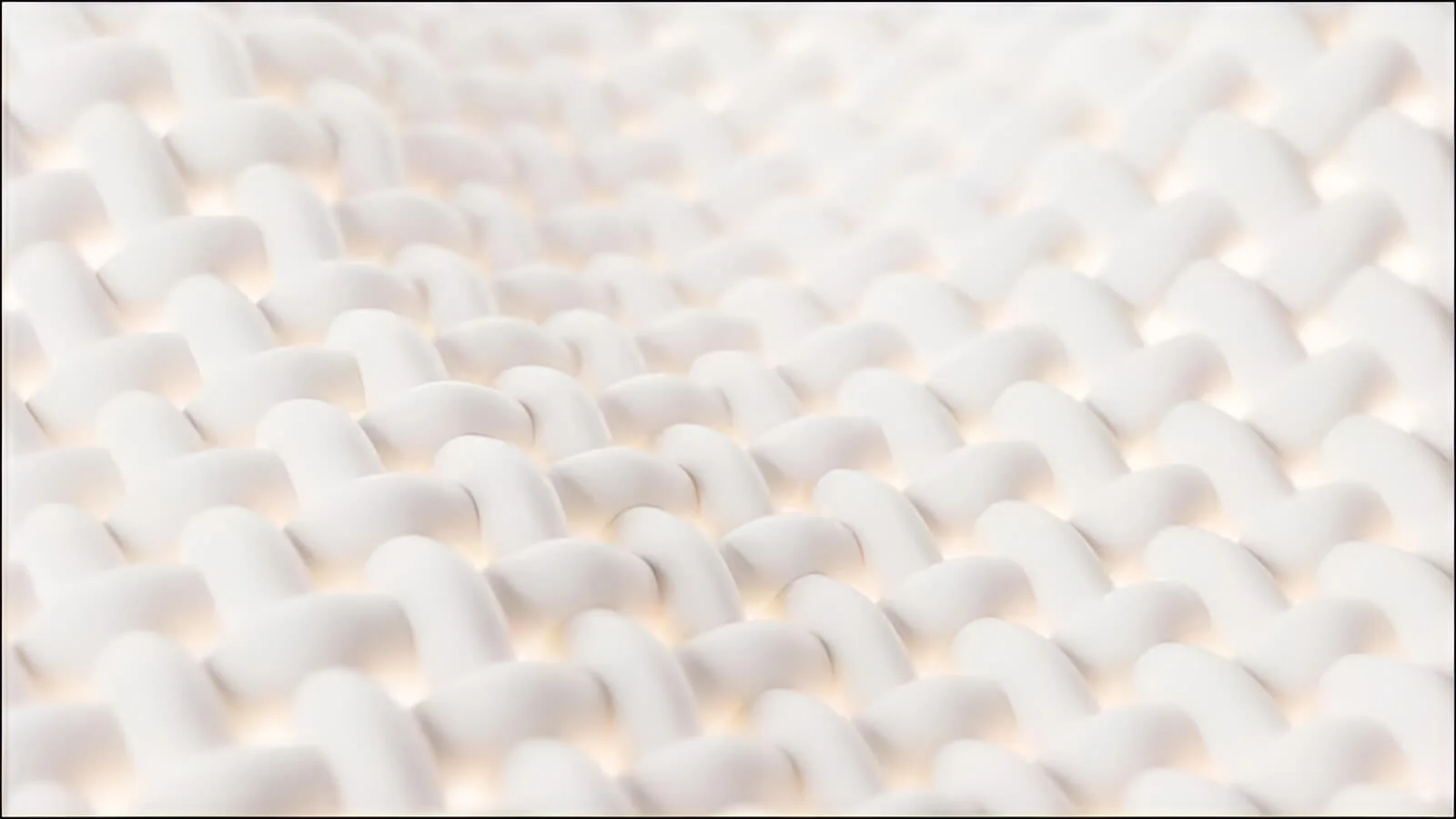
4. Common fabrics that use twill weave
You probably already own and use many common twill fabrics without even realizing it! Seeing these examples of twill weave will help you recognize this versatile pattern. Here are some popular ones:
- Denim: This is perhaps the most famous denim twill fabric, used for jeans. It’s typically made of cotton with indigo (blue) warp threads and white weft threads.
- Chino: A sturdy cotton twill fabric, often used for trousers and casual wear. Chino twill is known for its neat appearance.
- Gabardine: A tightly woven twill that is smooth on one side and often used for suits, trousers, and coats. Gabardine fabric is very durable.
- Herringbone: This is a special type of twill where the diagonal lines change direction, creating a V-shaped or “broken twill” herringbone pattern. It’s often used for jackets and outerwear.
- Tweed: A rough, woolen fabric made with a twill (or sometimes plain) weave. Tweed fabric is known for its warm, textured look, often used for jackets and coats.
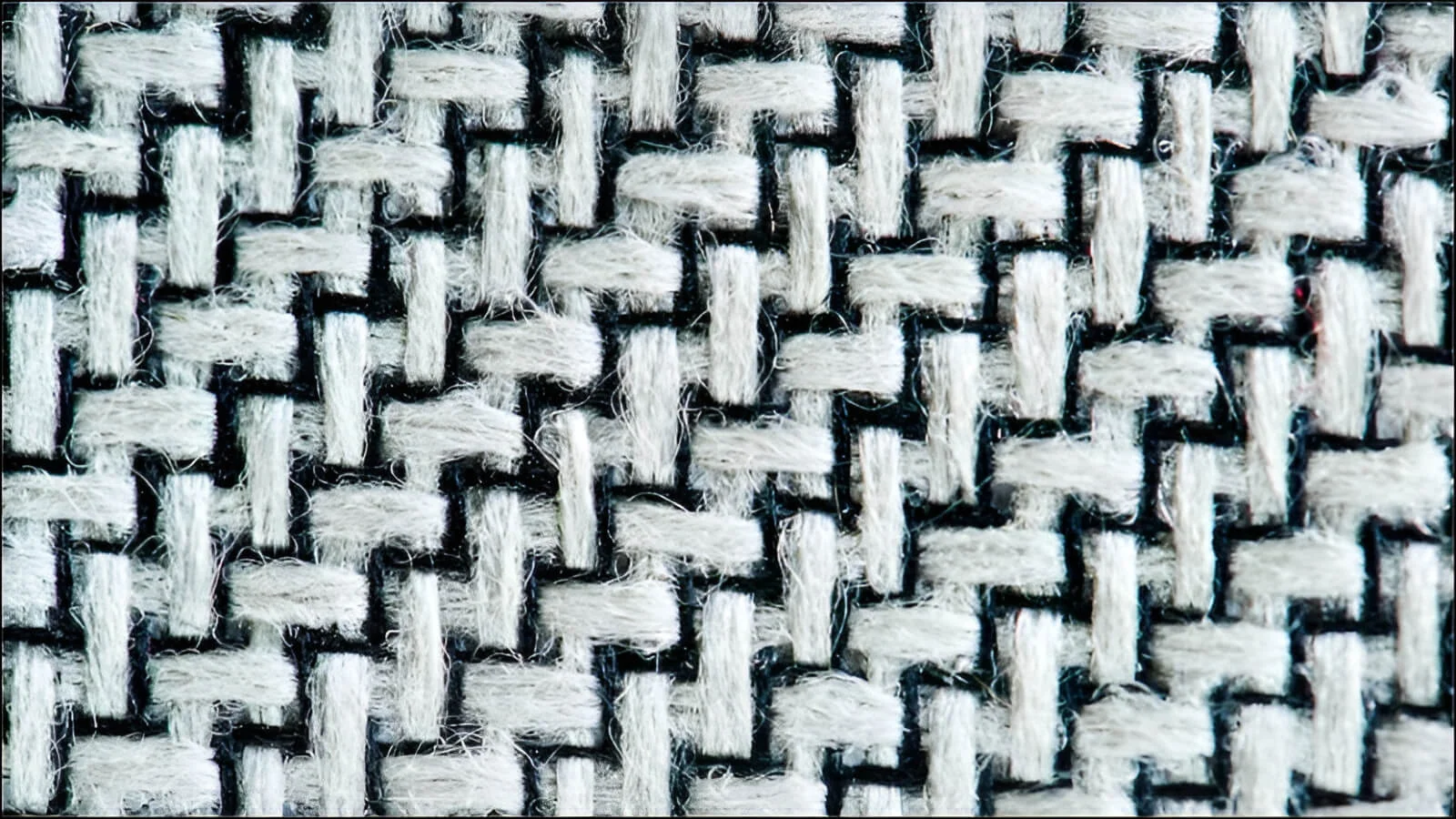
5. Twill weave in detail
Now, let’s look specifically at what is twill weave in woven labels. The subtle diagonal texture of a twill weave adds a premium feel and enhanced durability to a custom brand label. The benefits of twill weave for label durability are significant. Labels made with twill can handle many washes, drying, and general wear and tear. This is because the weave is tight and strong.
Twill weave also affects label texture and appearance. It gives labels a slightly raised, interesting texture that can feel more premium than a completely flat label. At Packlove, we use high-quality polyester yarn for our twill woven labels.
Polyester is a fantastic choice because it’s soft against the skin, strong, colorfast, and extremely durable, ensuring your brand labels look great and last long.
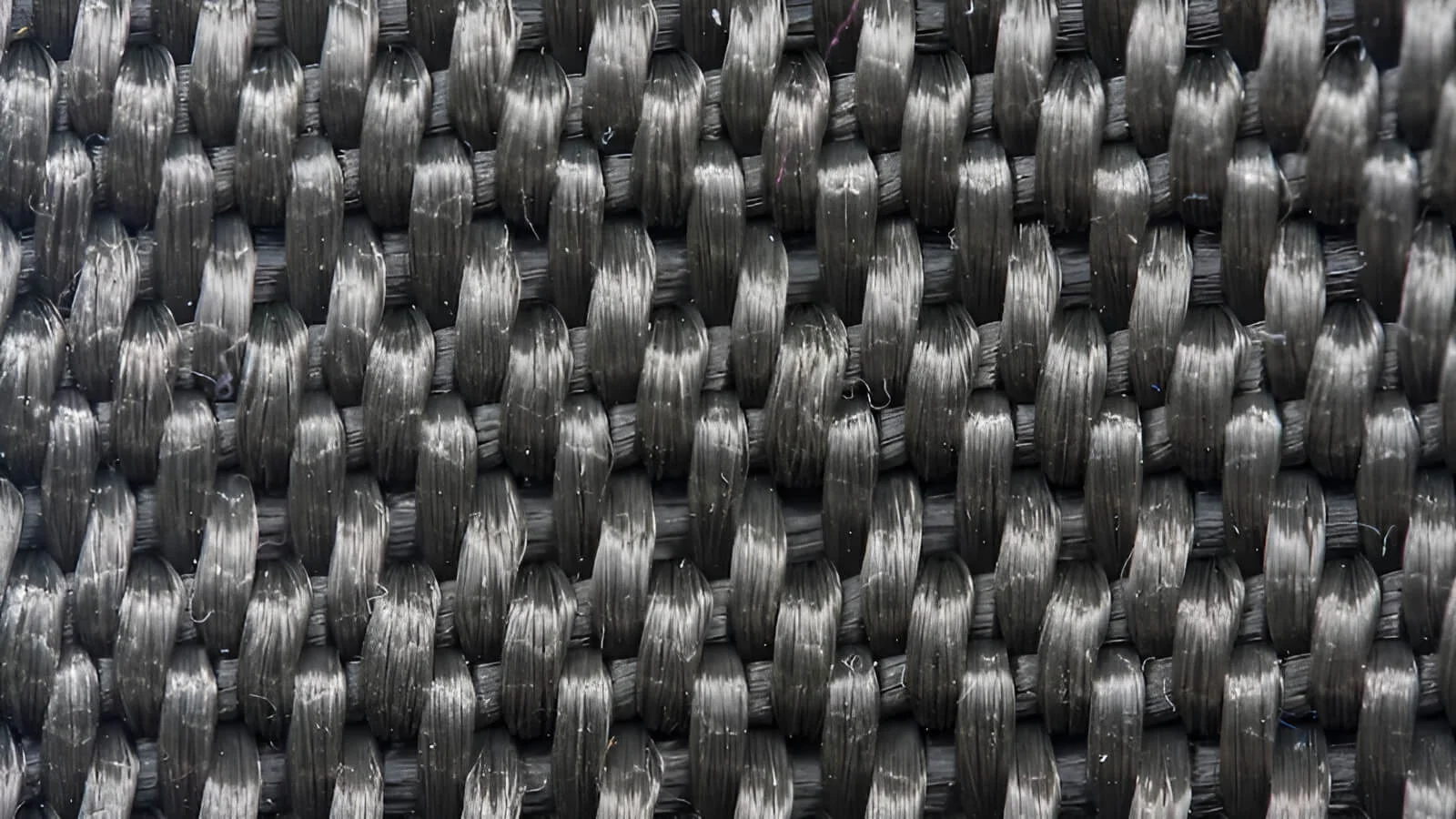
6. Common uses in clothing
Twill woven labels are excellent for:
- Main brand labels (often seen on the neck)
- Size tags
- Care instruction labels
- Decorative accent labels
7. Twill weave vs. other common weaves
Choosing the right weave is important for your custom labels. Let’s compare twill weave to other common weave types (e.g., plain weave, satin weave). This will help you make an informed decision.
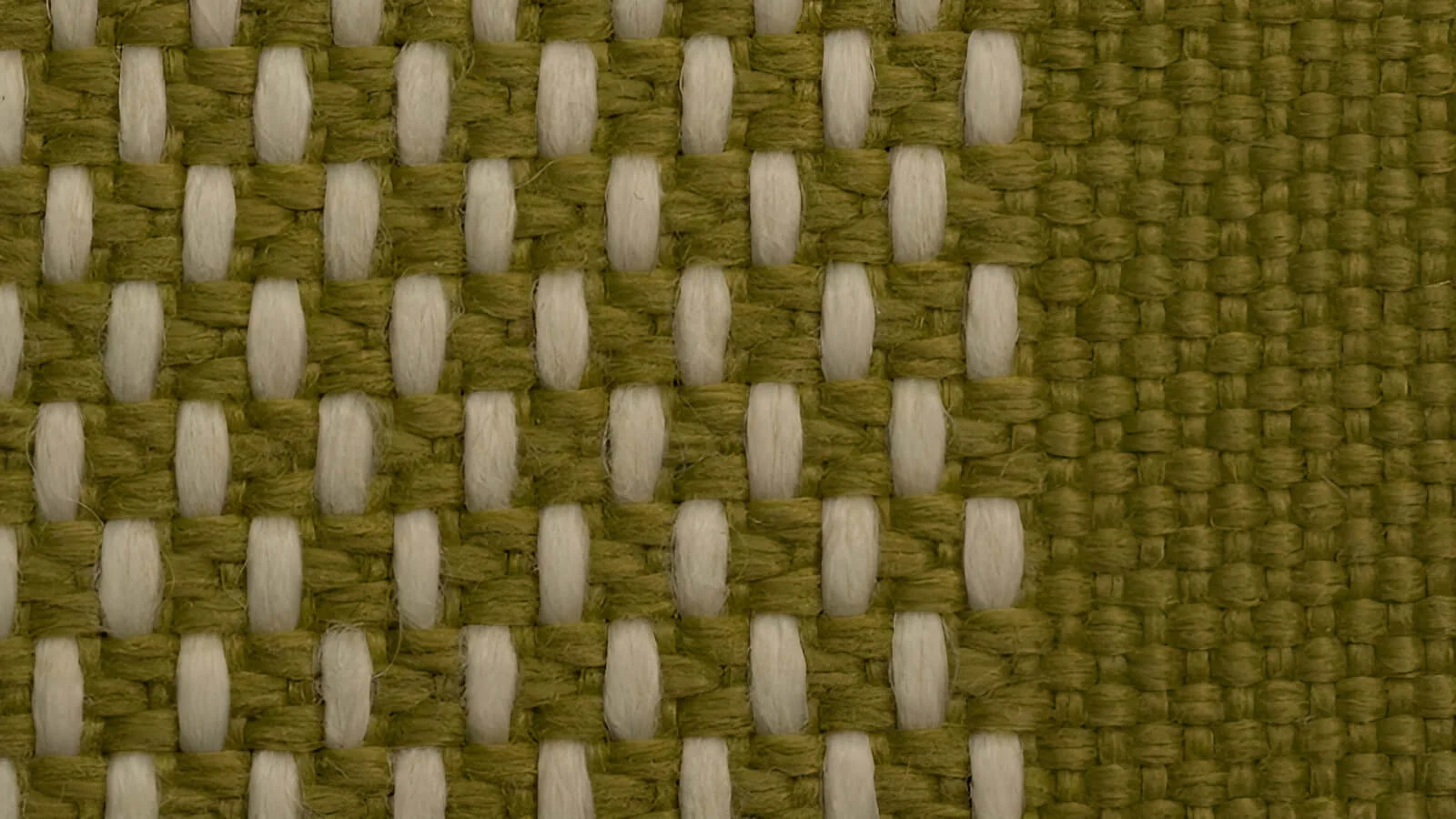
7.1 Twill weave vs. plain weave
Plain weave:
- Plain weave: This is the simplest weave, where the weft thread goes over one warp thread, then under one warp thread, and so on.
- Look/feel: It’s flat, with less texture than twill.
- Drape: Can be stiffer than twill.
- Durability: Generally less durable than twill because the threads don’t interlock as tightly.
- Wrinkles: Tends to wrinkle more easily.
Twill weave:
- Look/feel: Has a visible diagonal texture.
- Drape: Drapes well, often softer.
- Durability: Stronger and more durable.
- Wrinkles: More resistant to wrinkles.
For custom labels, twill usually offers better durability and a more premium feel. Plain weave labels can be a budget-friendly choice, but twill often provides a better look and longer life for your brand’s image. This is key for custom labels weave comparison.
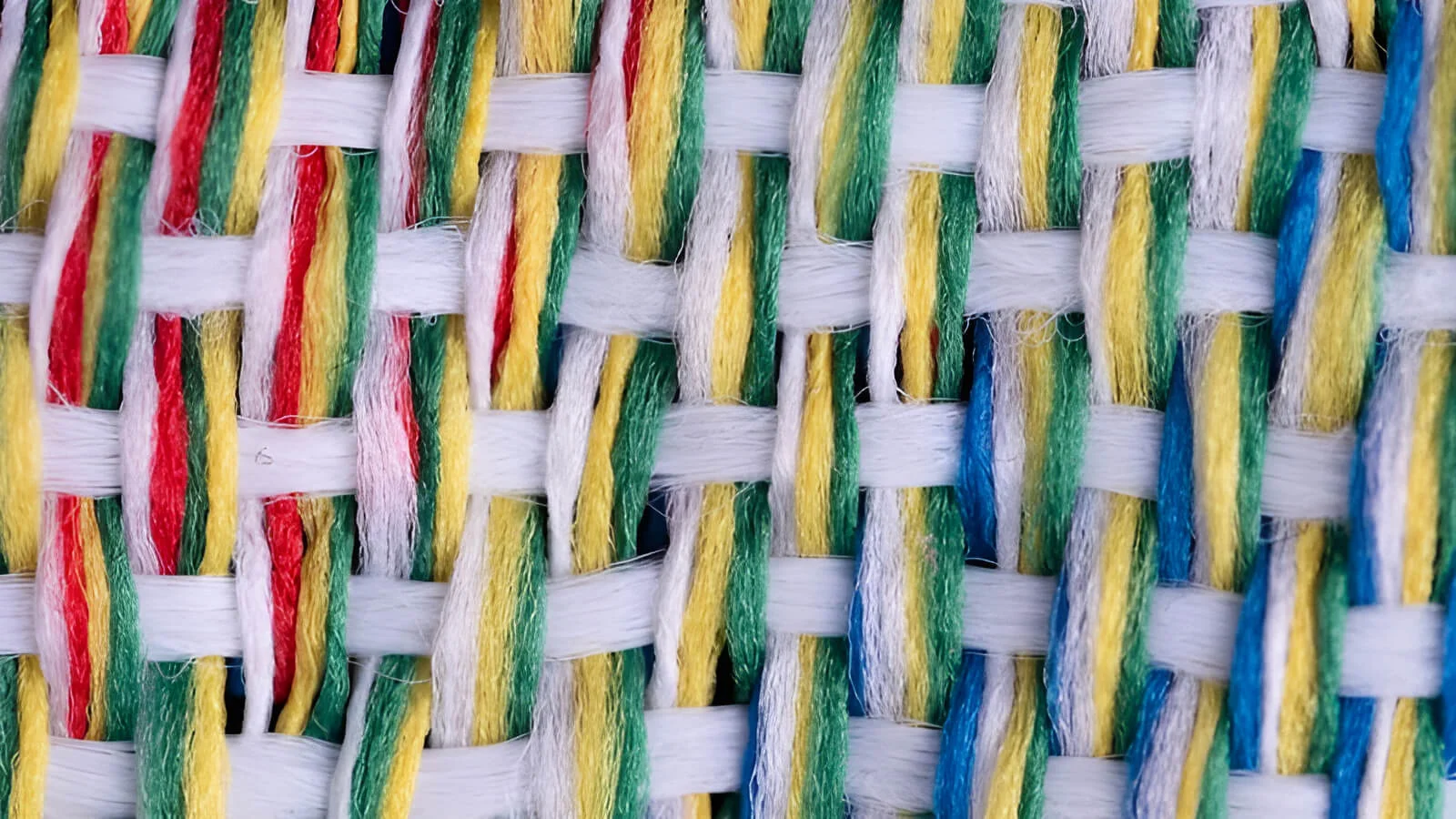
7.2 Twill weave vs. satin weave
Satin weave:
- Satin weave: In a satin weave, weft threads “float” over several warp threads (e.g., over four, under one). This creates a very smooth, shiny surface.
- Look/feel: Very smooth and often lustrous or shiny.
- Detail capability: Excellent for capturing fine, intricate details because the surface is so flat.
- Durability: Can be more prone to snagging (threads getting pulled) because of the long floats.
- Texture: Minimal texture; the main characteristic is smoothness and shine.
Twill weave:
- Look/feel: More textured, usually less shiny than satin (unless specific shiny yarns are used).
- Detail capability: Good for most details, but satin might capture extremely tiny elements better.
- Durability: Very durable and resists snags better than satin.
- Texture: Noticeable diagonal texture.
When choosing weaves for custom clothing labels like satin weave labels or twill:
- Choose twill if you want good durability, a distinct texture, and a sophisticated but less shiny look.
- Choose satin if you need to showcase extremely fine details, want a very smooth surface, or desire a high shine for your shiny labels.
8. Designing with twill weave for your labels
At Packlove, we want to help you create the perfect labels by explaining how to design effectively with twill. Here are some practical label design tips when using twill weave for your labels:
- Consider the diagonal pattern: Remember that twill has a visible diagonal texture. Think about how this pattern will interact with your logo and text. Sometimes, it can add a lovely subtle detail.
- Text and logos: To ensure logo clarity on a twill weave, it’s best to use clear, bold fonts and design elements. Very thin lines or tiny text might lose some definition due to the fabric’s texture. Our experience at Packlove shows that slightly bolder designs work wonderfully on twill.
- Simplicity can be key: Often, simpler designs look very elegant and strong on twill weave, allowing the fabric’s natural texture to enhance the brand.
9. Frequently asked questions (FAQs)
9.1 Is twill weave strong?
Yes, twill weave is very strong. This is because the threads are woven closely together and interlock in a way that creates a durable fabric. It can withstand a lot of wear and tear.
9.2 What does twill weave feel like?
Twill weave has a noticeable texture due to its diagonal ribs. It’s generally not as smooth as satin, but the exact feel depends on the yarn used.
9.3 Can I get very detailed logos on a twill weave label?
Twill weave can show good detail in logos and text. However, because of its slight texture, extremely tiny or very intricate details might appear clearer on a flatter weave like satin. At Packlove, we can look at your specific design and advise if twill is the best option or if another weave would be better for ultra-fine details.
9.4 What’s the difference between twill and denim?
This is a common question! Denim is a type of twill fabric. Twill refers to the specific diagonal weave pattern. Denim is the name of a particular fabric (usually made from cotton, often with an indigo-dyed warp thread and a white weft thread) that is made using a twill weave.
Explore more:
To sum up, twill weave is defined by its distinctive diagonal pattern. Its key characteristics include strength, durability, good drape, and a unique texture. This makes it a versatile twill weave and a reliable fabric choice for a wide range of products, from everyday clothing to high-quality custom twill labels.
Using twill weave for your woven labels can add a touch of quality and sophistication to your brand. It’s a choice that signals durability and attention to detail. If you’re looking for a label that combines classic appeal with robust performance, twill weave is an excellent option. Explore the possibilities for your brand at Packlove, or contact us to start your custom label project today!






















